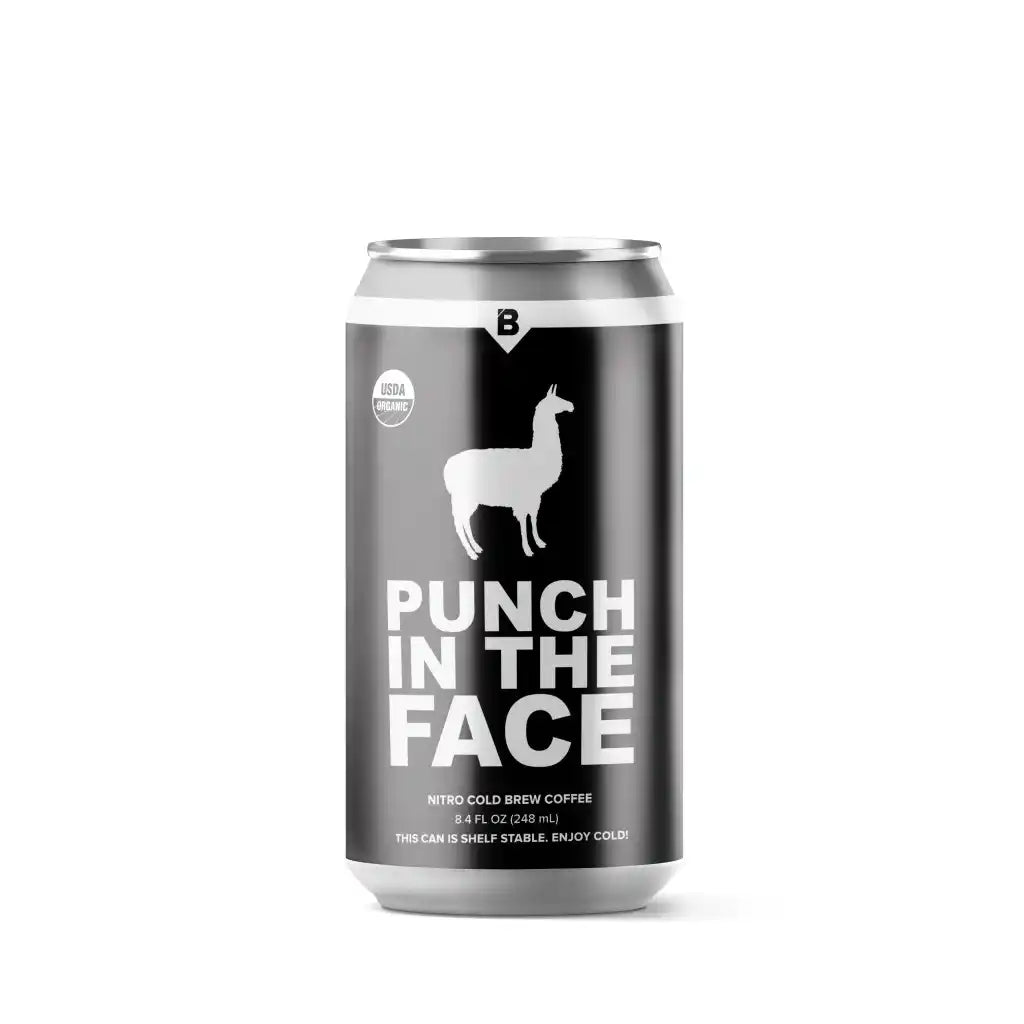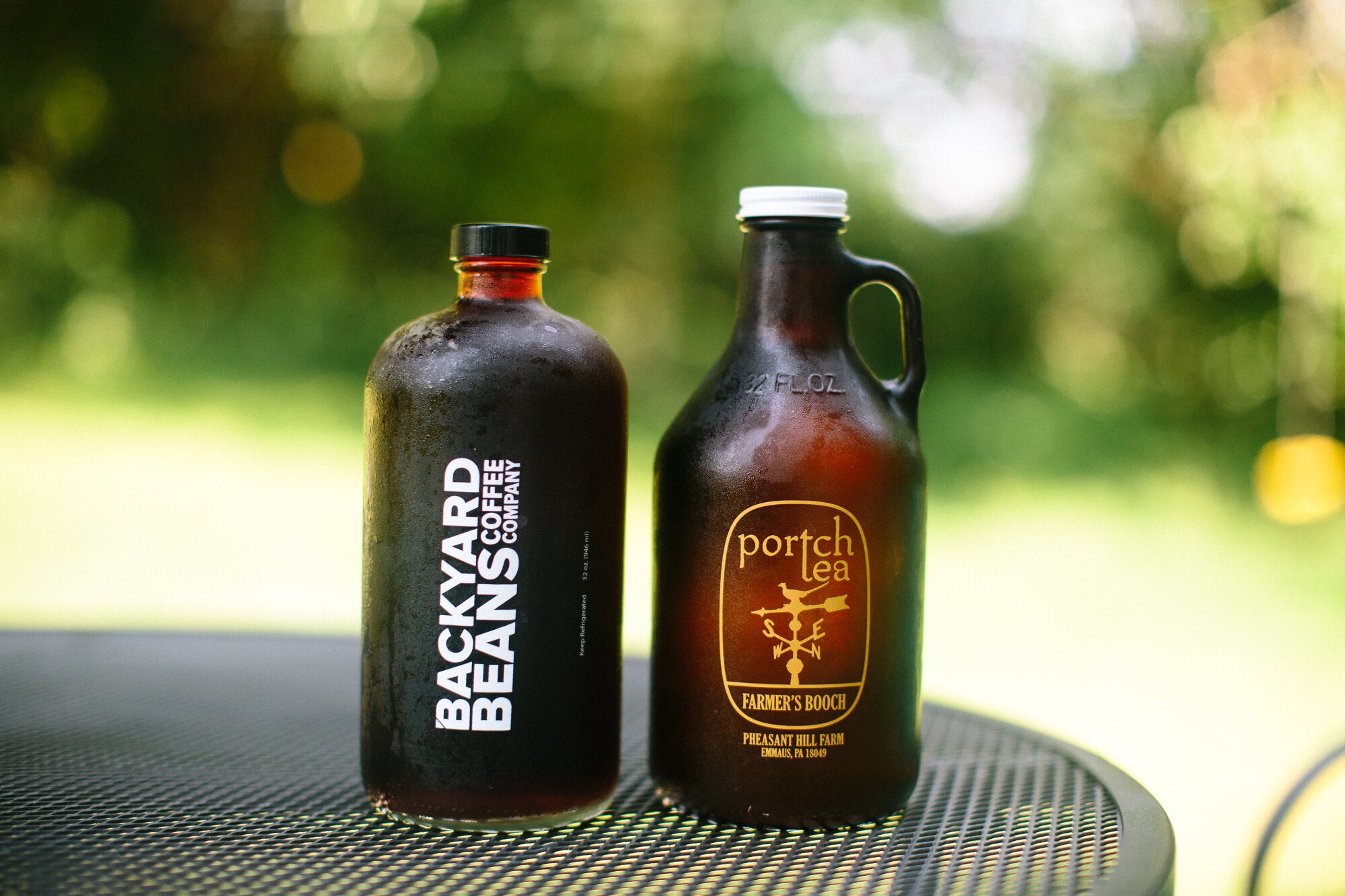
Backyard Beans Wrapped: 2021 Edition
Wow, it’s been quite a year! And a good year, at that. Despite some challenges, we’ve had many high notes mixed in—new staff members, lots of growth, fresh equipment, behind-the-scenes remodels, and of course, a lot of coffee. And we’re especially proud of the fact that we didn’t run out of paper products once in 2021. That’s right—cups, packaging, and toilet paper are still here at Backyard Beans!
Now, let’s dive into the nitty gritty. Our team has grown to 30 awesome employees (over half are full-time!) spread out between the Ambler café, Lansdale café, HQ offices, and the warehouse. In Lansdale, we purchased our café building at 408 W. Main Street, a further investment in the community where we started and an exciting milestone for us. Since then, Matt’s been hard at work completing the HQ office space in the basement, then moved on to giving the kitchen a facelift. Over in Ambler, we celebrated our one-year café anniversary, and remain grateful for the unwavering support from our new community there.
As always, community remained at the cornerstone of everything we do. A new focus for us this year was sponsoring cycling and running events. This past fall, Matt and Phil, an Ambler kitchen team member, made breakfast and brewed coffee for cyclists who participated in unPAved, one of Pennsylvania’s premier gravel endurance races. After that, we started partnering with Stacy Gross from “Runs on Iced Coffee” to organize monthly 5k runs from our shops. It’s been fun to fuel these athletes!

WE PURCHASED 205,000 LBS OF GREEN COFFEE IN 2021.
Speaking of fuel, it was our pleasure keeping you caffeinated and well fed this year with 109,000 customer visits, 24,000 cups of coffee, 27,000 espressos, 12,000 avocados, 55,000 eggs, and 20,000 scones! Our Make a Difference Monday program, held in our cafés on the first Monday of the month, continued to flourish this year. We raised a total of $4,091.43 supporting a different local organization each month. Apart from Make a Difference Monday we’ve donated dozens of cafe gift cards, bags of coffee, merch, cold brew and hot coffee to support community causes and fundraisers. And outside of the cafés, we continued our local deliveries to decrease our carbon footprint with more efficient shipping.
In the warehouse, our team was focused on roasting, brewing, and packaging. Some shiny new equipment was installed to make production a bit smoother—two new bulk grinders, a new bagging line, three 10-barrel brite tanks, and a 10-barrel brew system. All said and done we roasted 190,000 pounds of green coffee and brewed 25,000 gallons of cold brew. New for this year, we launched three single origin cold brews as well as online exclusive roasts.
From a big picture perspective, we purchased 205,000 pounds of coffee this year, cupped through hundreds of samples, and bought 62 unique lots of coffee, with 22 of those being repeats from the previous year!
We also wanted to give you a behind-the-scenes view of what our coffee buying process looked like this past year. Let’s start at the very beginning! Coffee is traded on the New York Stock Exchange (C-market), so when the price is high, many farmers will strip pick and sell their coffee as quickly as possible. Strip picking is much faster than doing the meticulous work of only picking the ripe cherries. The C-market has no correlation to quality—it’s actually determined by supply, demand, weather, projections, and investors trading futures on the New York Stock Exchange. It’s considered the “street price” that farmers can access.

WHERE DID WE BUY OUR COFFEE FROM IN 2021?
However, farmers with long term relationships with the suppliers we buy from don’t generally sell to the C-market when the prices jump. Established relationships and price premiums are generally a more sustainable option for them, this is why we pride ourselves on buying from producers who receive price premiums for better quality. But a very volatile market and a 10- year record high commodity prices have complicated things a bit, so much so that the commodity price (C-market) of coffee doubled towards the last half of 2021! It went from around $1.25 a pound to well over $2 a pound, as I write it is at $2.44. That may not seem like much, but in actuality, that’s a huge increase!
We are prepared to pay much more for our coffee this upcoming year. All of the coffee we are currently roasting was purchased before this spike. The cheapest coffee we purchased this year was a Fair Trade and Organic certified coffee for $2.45 a pound FOT*. Our micro-lot offerings averaged out at $4.73 FOT and our blender coffees averaged out at $2.93 FOT. Overall, our average price per pound of green coffee was $3.04 FOT, up $0.06 from 2020. Since specialty coffee takes extra work on the farmer’s end, if the incentive doesn’t exceed the effort required, then it makes sense for a producer to disregard quality and instead sell into the commodity market. So, in order to continue to get quality coffee in 2022, we will be paying much more for our blender quality coffees as well as our micro-lot coffees. This is just the tip of the iceberg, so if you have any questions about this process, let us know.
All in all, from our coffees to our cafés and everything in between, we’re proud of all the strides we’ve made this year. But most of all, we’re happy we got to do it alongside our stellar team and customers. Thanks to you all, and wishing you peace, love, and joy this holiday season.
Photo Credit: Mountain Harvest and Coffee Quest
*FOT is the price we pay for coffee once it has landed in the States and sits at our importers warehouses. This price includes all costs from the farm, to the dry mill and port, across the sea, and into a USA warehouse. On top of this price, we pay warehousing, shipping to our warehouse, and then all the costs associated with roasting and packaging such as labor, overhead, utilities, raw materials, marketing, and quality control.























Leave a comment
This site is protected by hCaptcha and the hCaptcha Privacy Policy and Terms of Service apply.